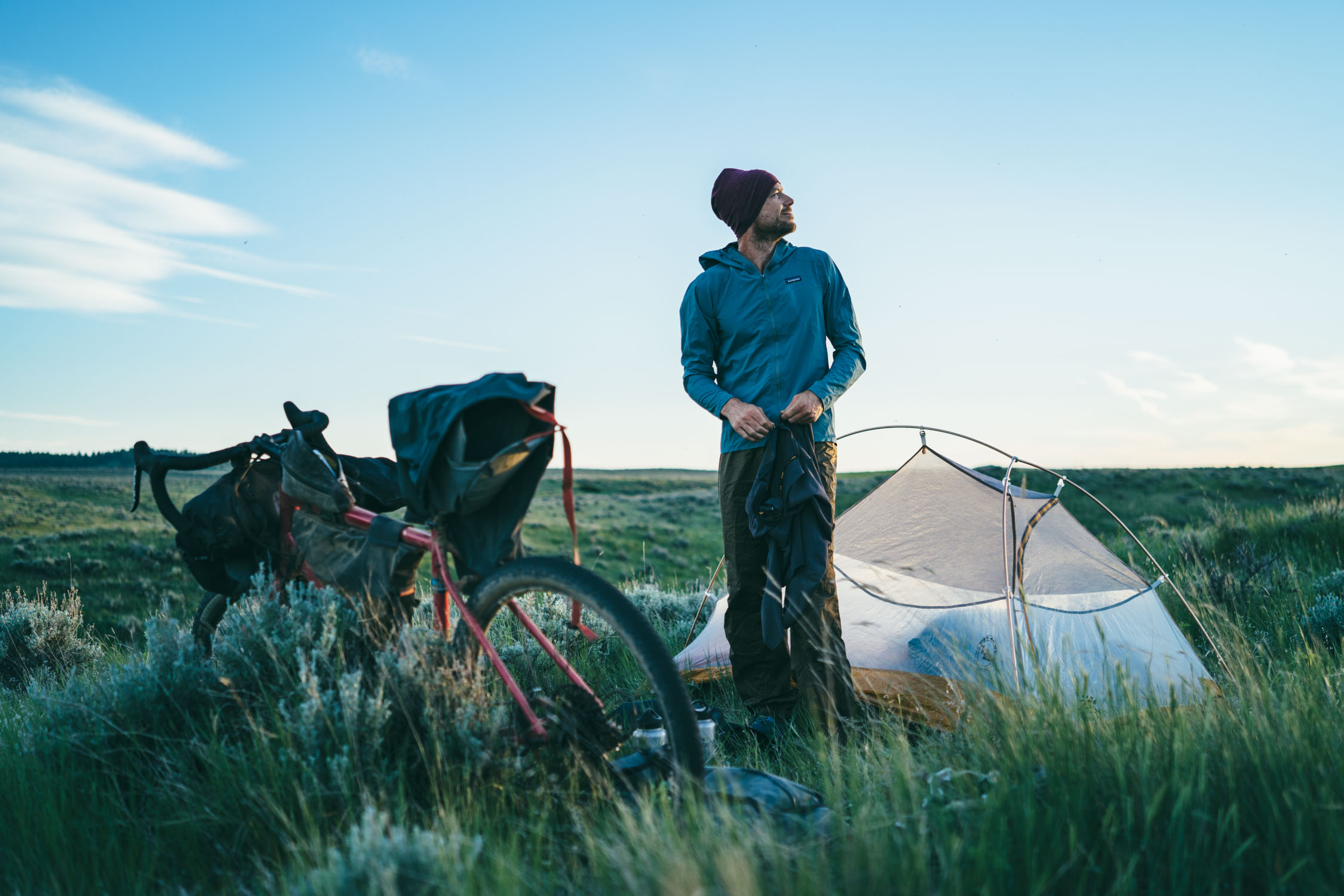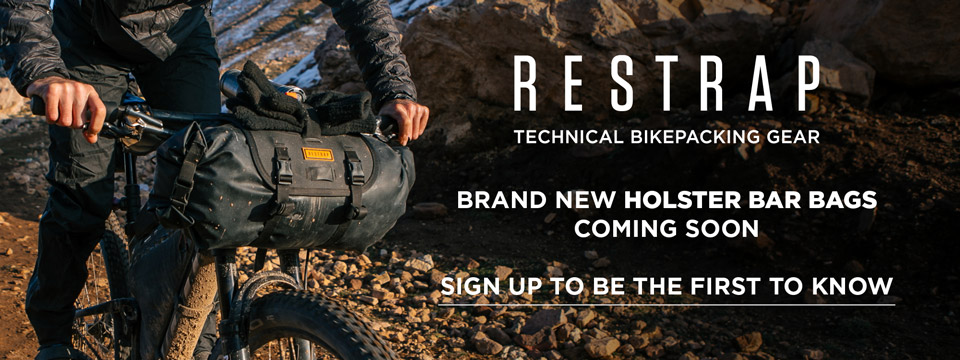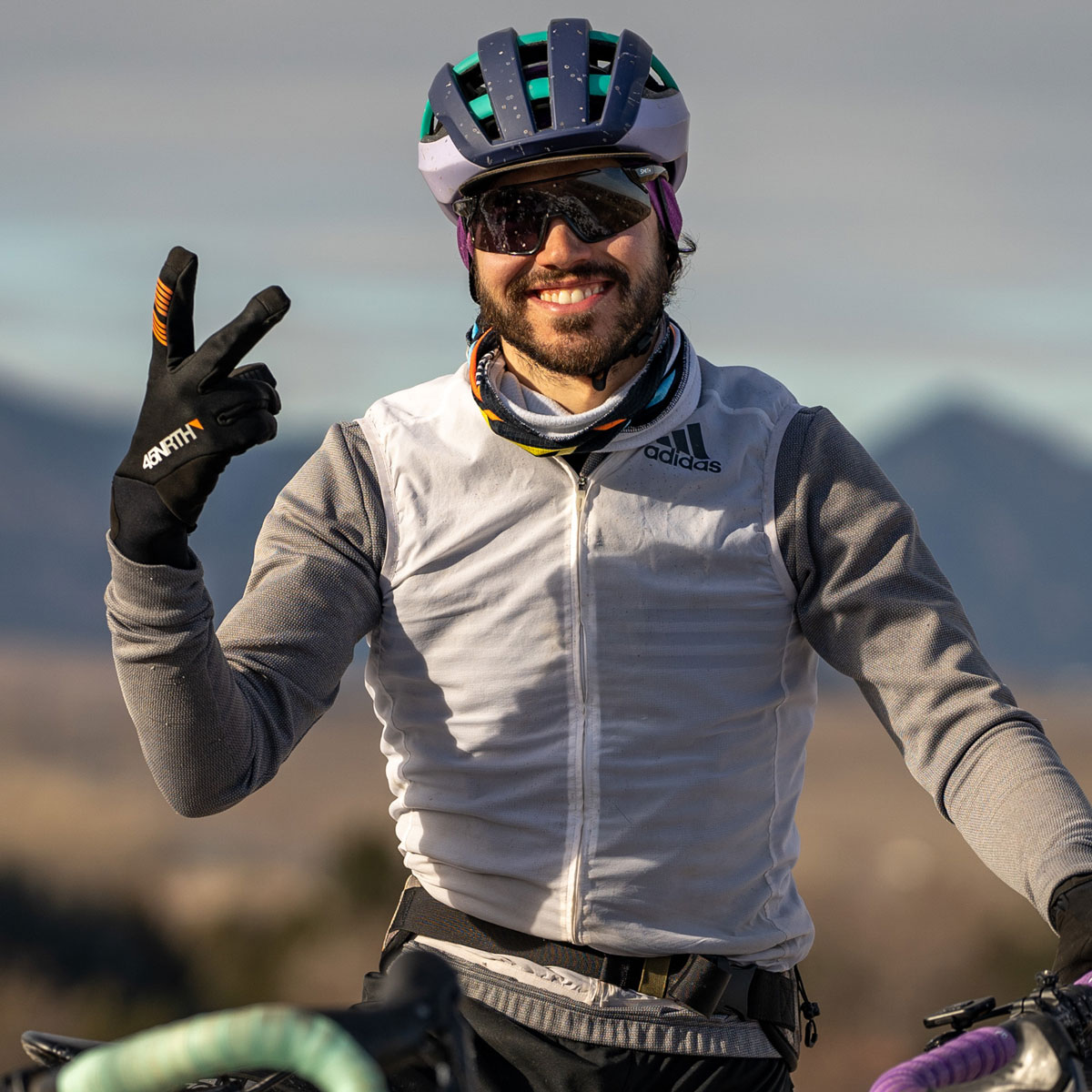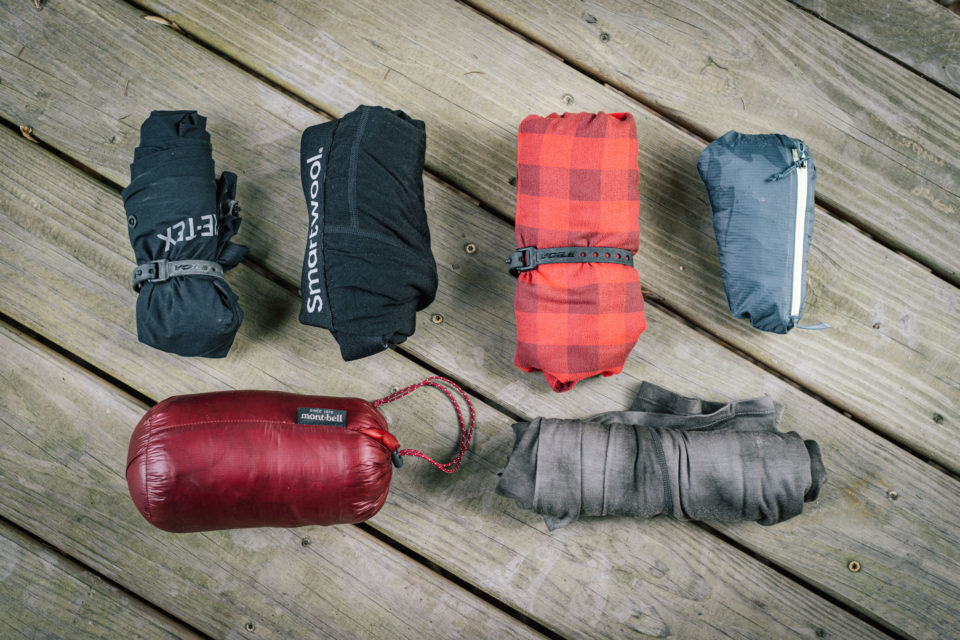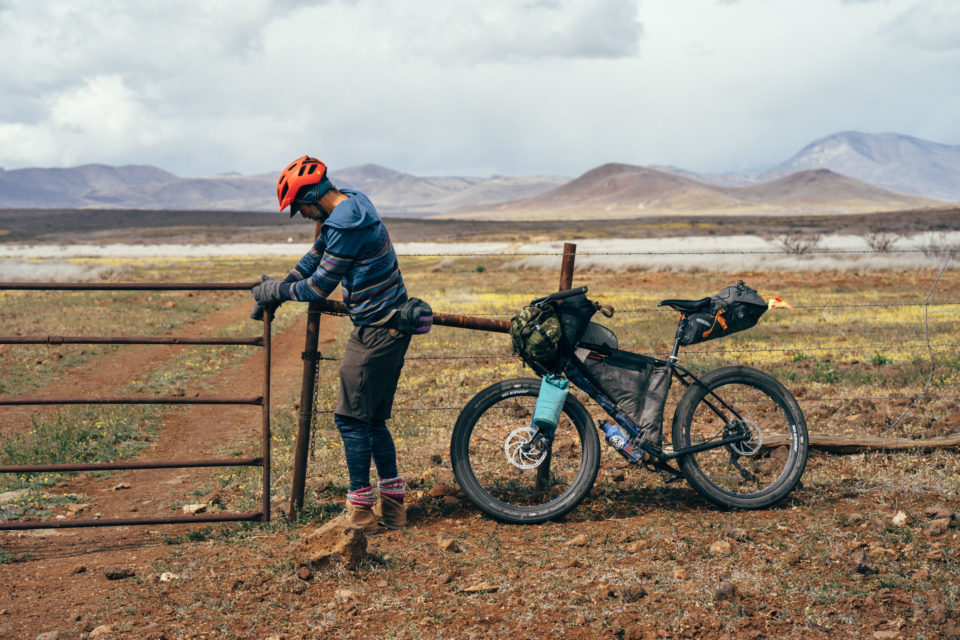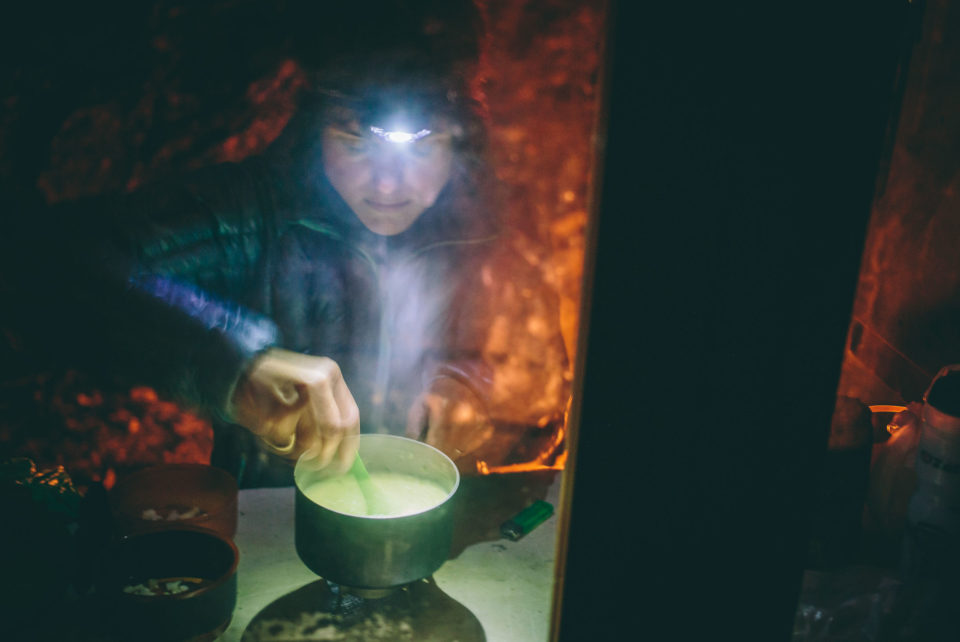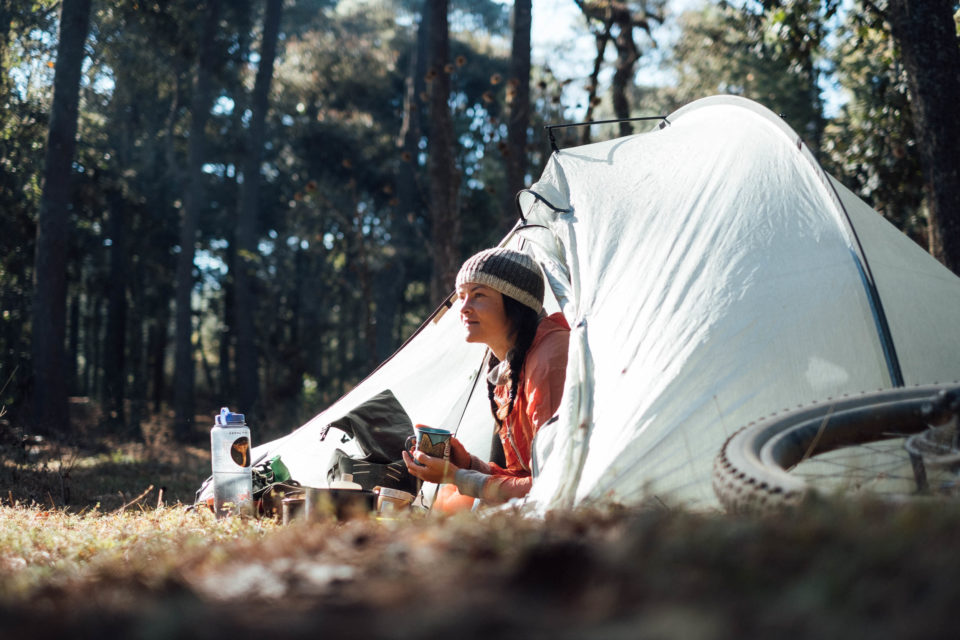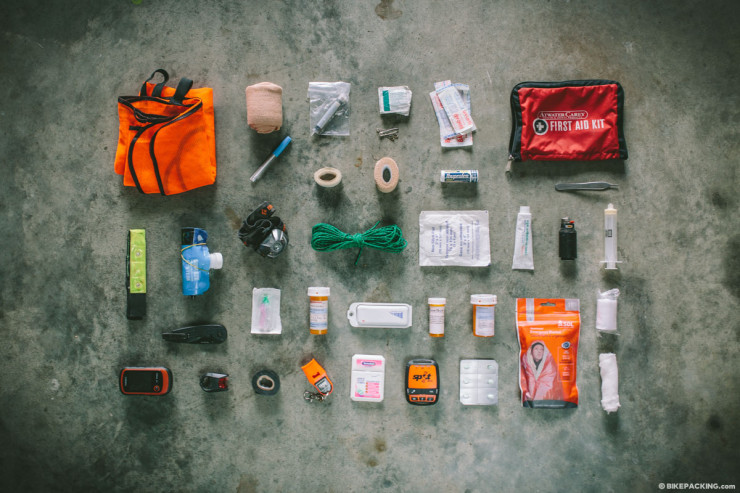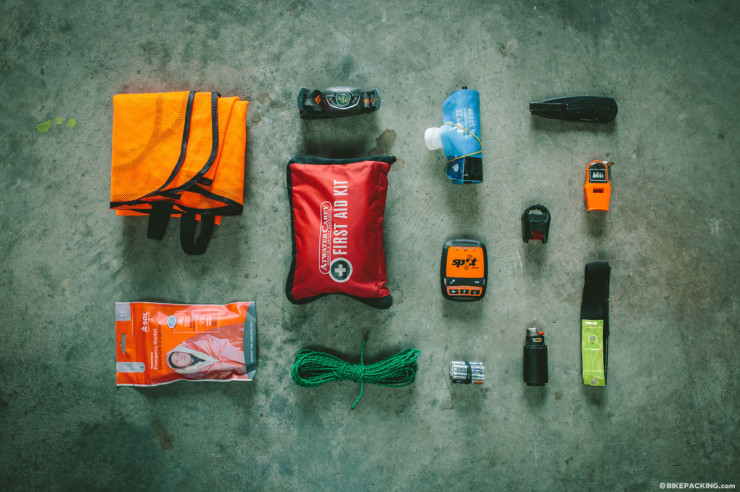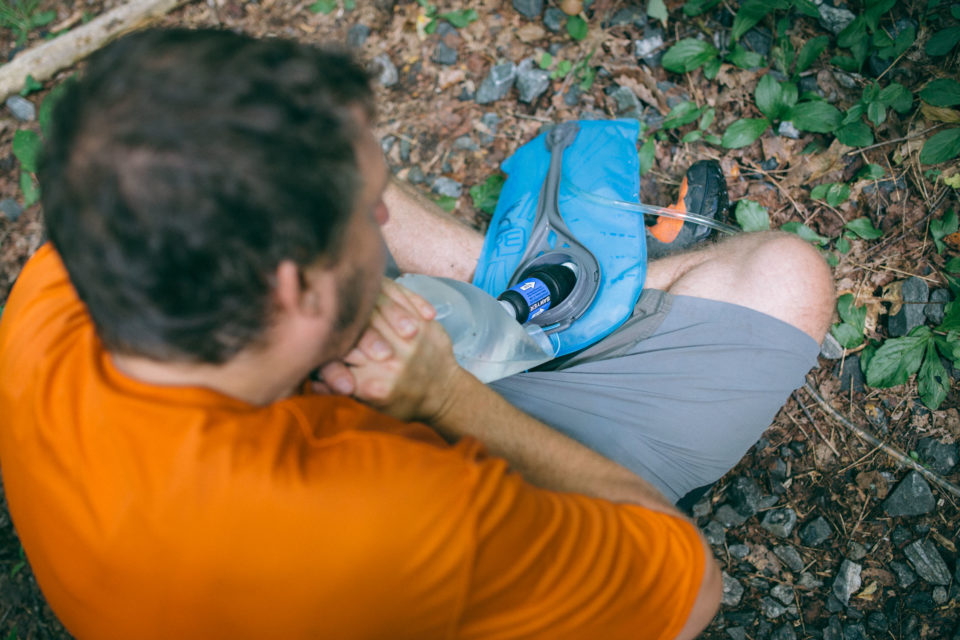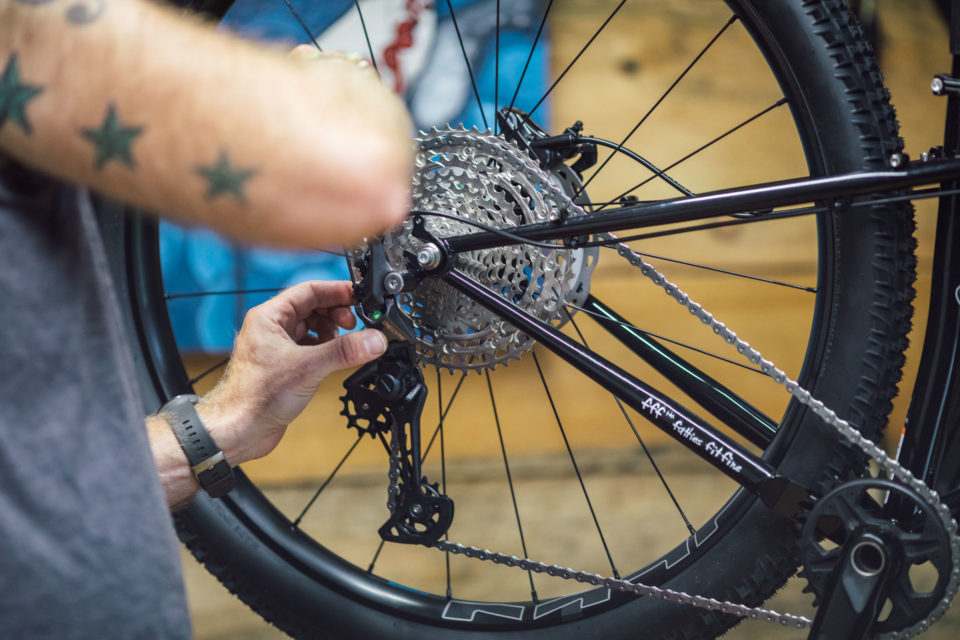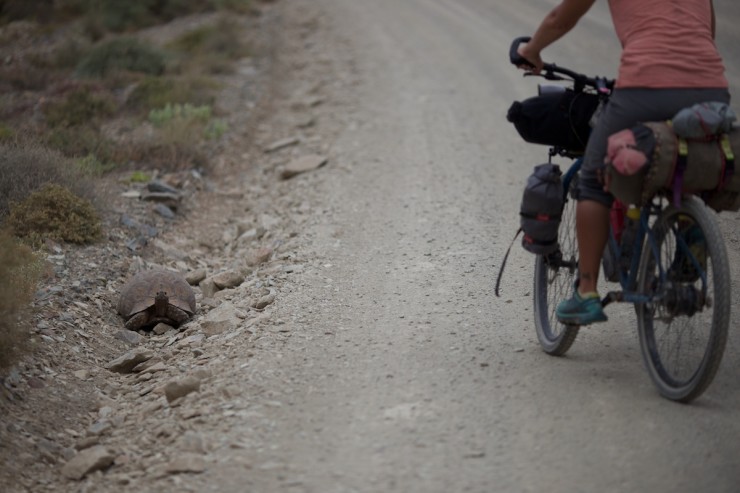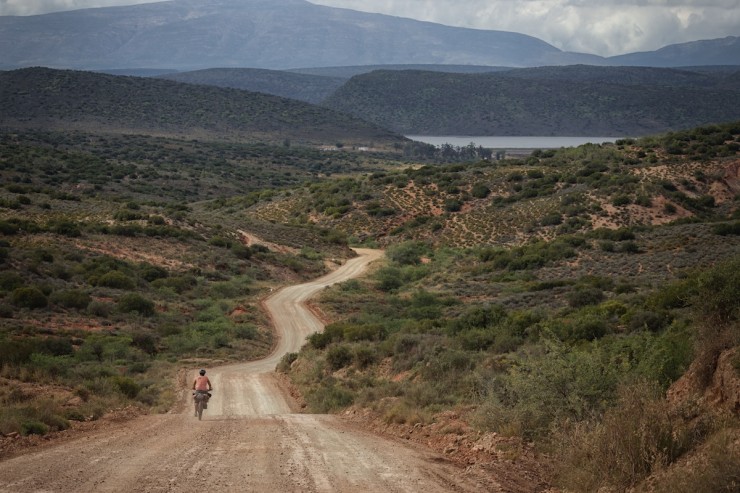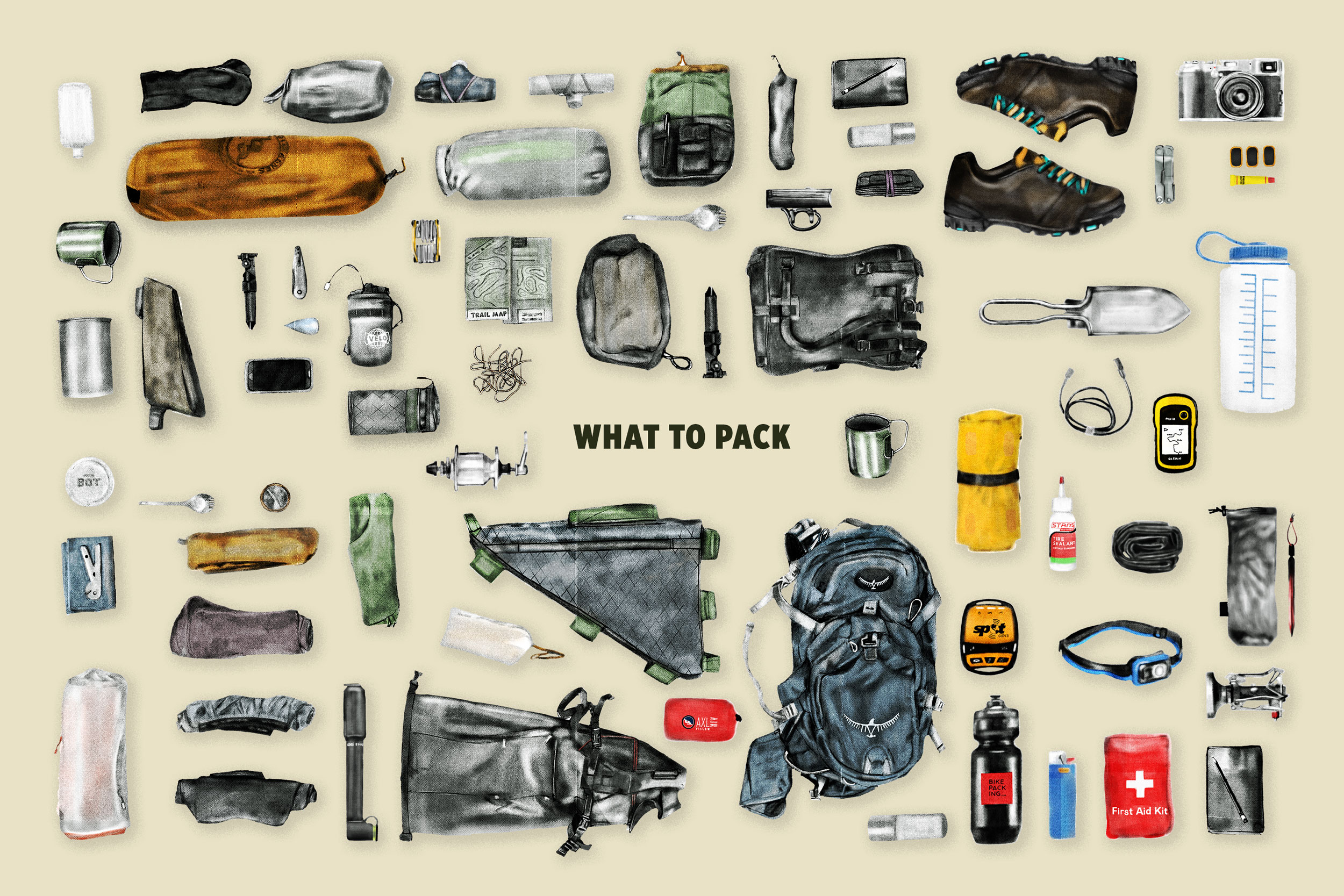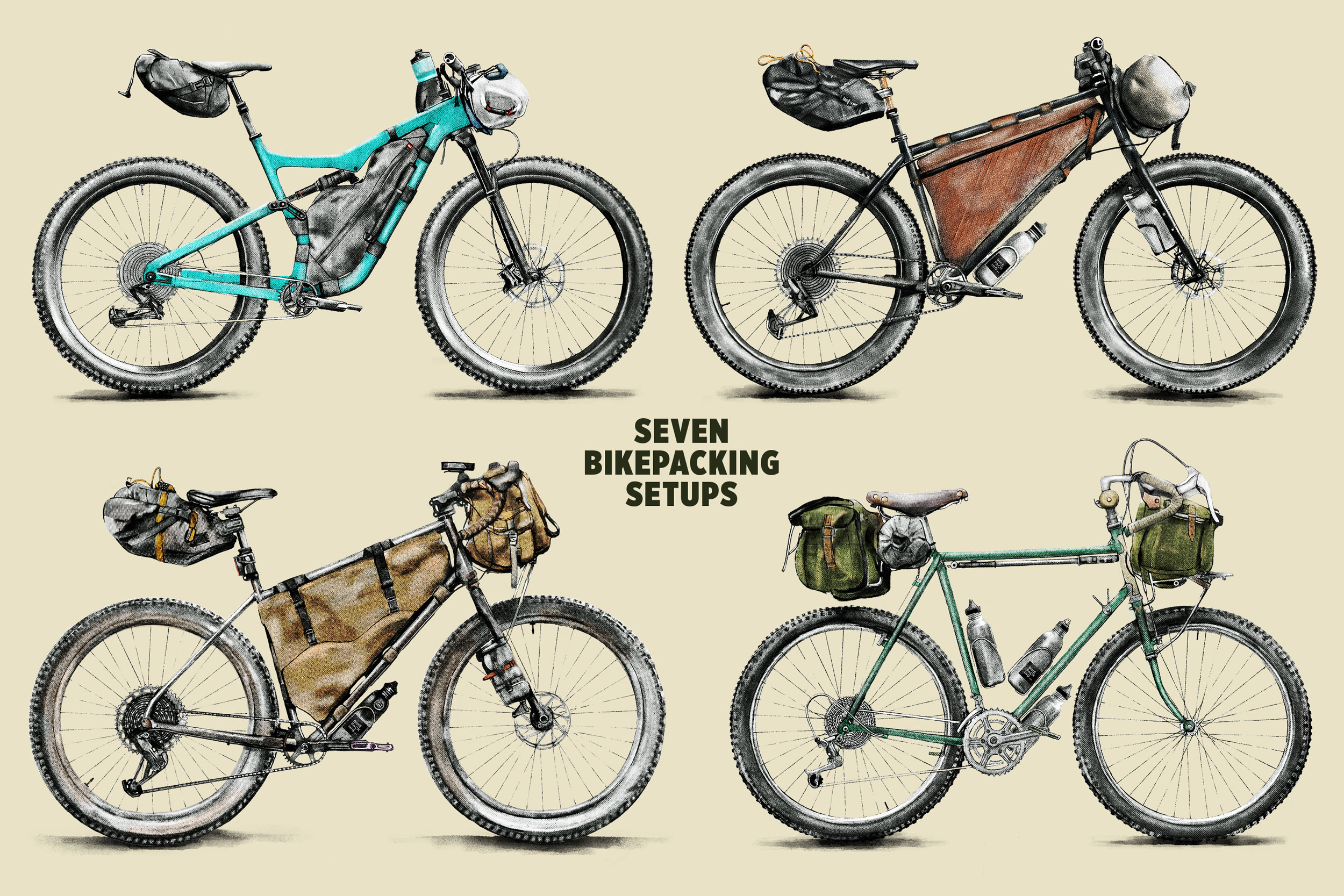14 Bikepacking Mistakes Everybody Makes (and How to Avoid Them)
Throughout the past decade, our team at BIKEPACKING.com has learned from many mistakes, and we continue to make them from time to time. Here, we discusses these mishaps, reflect on what led to them, and offer some advice for avoiding similar misfortunes…
PUBLISHED Oct 20, 2023
We all make mistakes. It happens to everyone, from seasoned cyclists to first-timers. It’s the nature of these types of adventures with so many moving parts. In our latest video, we share 14 mistakes many of us here on the BIKEPACKING.com team have made at some point to help you avoid them in the future. Watch it below and scroll down for a written version with related links and resources.
1. Bringing too many layers
One of the most common mistakes we’ve all made is simply bringing too much clothing or the wrong combination of layers. Whether it’s an extra T-shirt, pair of pants, or items you don’t end up using, it’s easy to overload your gear, which can make pedaling more challenging and take up valuable packing space. For beginners, this is a common pitfall. The most common mistake is bringing too many clothes or the wrong clothes. An Average size large T-shirt, for example, weighs about 180 grams (0.4 pounds). Leaving that extra at home makes a big difference; you can consider a single wool tee, which can be worn for extended periods without getting smelly. When I go bikepacking, I opt for a versatile layering system suitable for both riding and camp activities. For instance, I wear the same shorts throughout the trip but switch out my cycling chamois for a pair of wool briefs at the end of the day.
2. Not having enough (real) food
Living off bars and candy is totally fine for a few hours, but after a while, at least for me, it ruins the taste in my mouth, irritates my gut, and simply gets old. I still carry or buy those items but try to supplement them with real food like nuts, fruit, and oats. The problem is that bars and gels pack well, making them tempting to carry, but I try to keep extra room in my bags—usually my frame bag—for real food. The ability to store an apple from a convenience store, or even a sandwich, is a treat when you reach a high point or want to sit down for a lunch break.
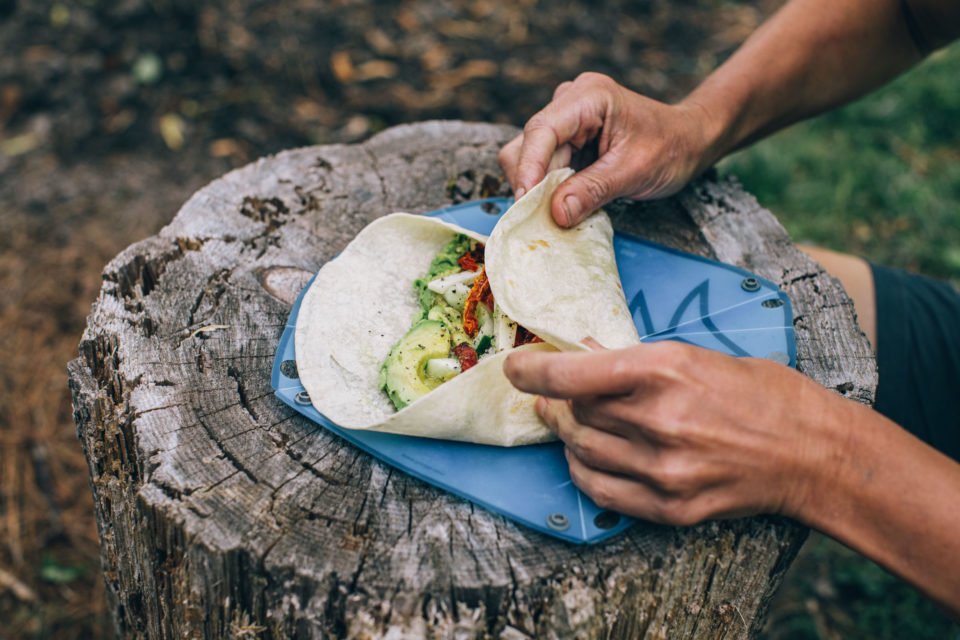
3. Bringing a new pair of shoes
A few of us have had a bad first experience with using new shoes, saddles, chamois, jerseys, and even grips on bikepacking trips. Blisters or saddle sores can quickly turn what would usually be a fun experience into a bad one. Components that are contact points should be tested and broken in before use. Simply putting on shoes for a full day or two of everyday use can help break down the shoe, allowing it mold to your foot, but it’s usually a good idea to ride with a new pair for weeks or months before a big trip. And if you don’t have time to break something in, I always suggest going back to what you are used to instead of using something new for a bikepacking trip.
4. Not setting up before hand
I’ve been stuck in a situation where I’ve arrived at camp and didn’t know how to set up a new tent. Or realized I’m missing a part because I didn’t try assembling something ahead of time. It’s frustrating when all you want to do is cook food and relax, especially after a long day of pedaling. A good way to alleviate this is to set up that tent prior to your trip or test your new stove to make sure it works and see how fast it boils water. A little bit of familiarity goes a long way.

5. Biting off too much mileage
Whether it’s a new route or region, it’s really easy to overreach and try to bite off too much, especially when you’re used to an unloaded bike and suddenly need to pedal with a lot of extra weight. I still do this, typically on the first day when I should be setting myself up for success. Instead, I put myself in a world of hurt. The amount of climbing is also something to pay attention to. I really like our climbing scale on our routes, which helps you understand climbing difficulty for a particular route. Other factors such as time of year, sun exposure, heat, and elevation also play an important role.
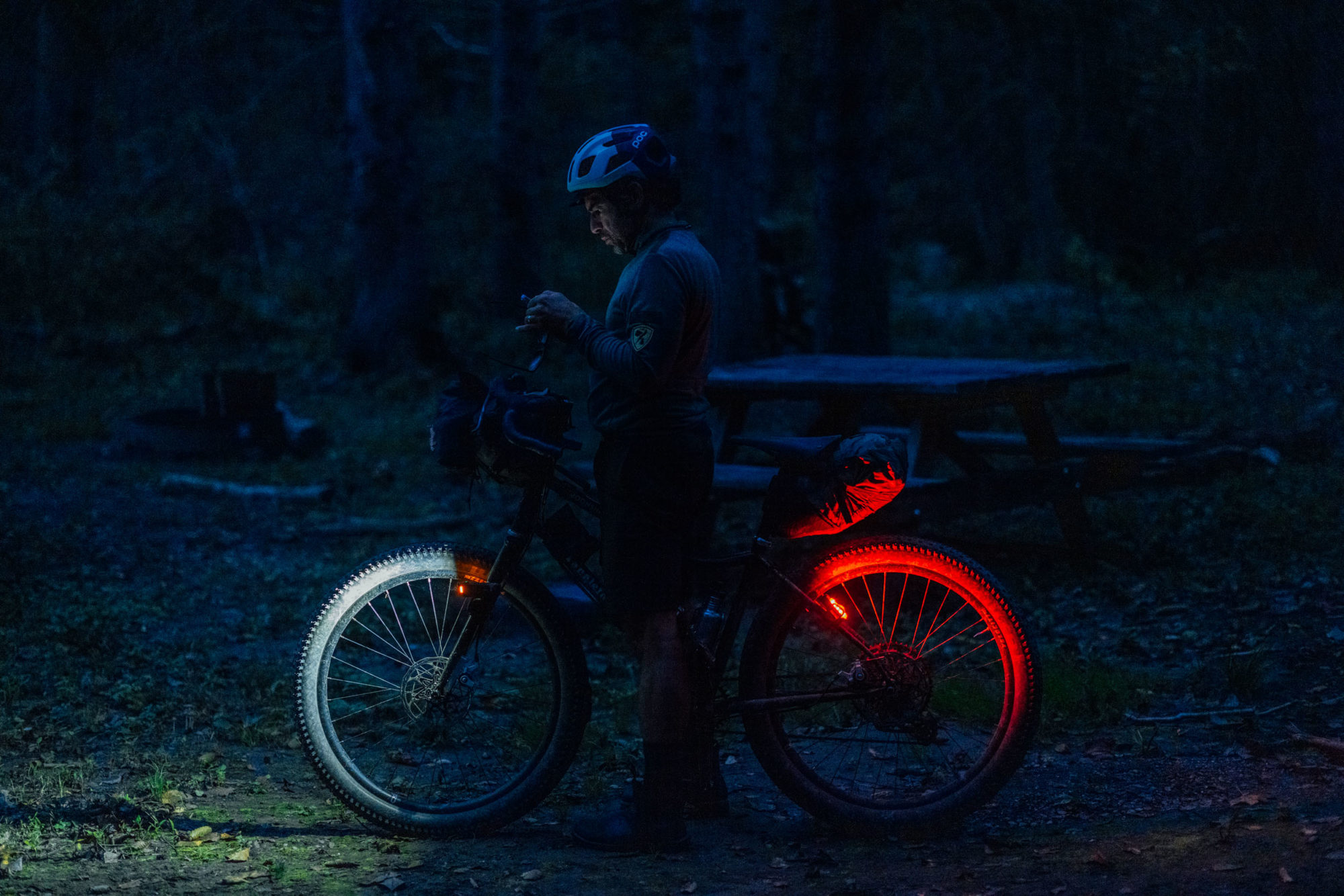
6. Not thinking about where you camp
I set out for a quick overnighter a few years ago on the Colorado Trail from Waterton Canyon and back. It was a warm November evening, and the forecast called for clear skies. I found a great spot up on a ridge with some pretty spectacular views, but it was not well protected. That night, I woke up to an intense wind event like nothing I’d ever seen before. I was up half the night holding my tent up and making sure I didn’t fly away with it. While the views were beautiful, it would have been better if I was in a more protected spot, of which there were a few nearby.
Another thing I’ve been known to do is find a nice flat spot at the expense of being tucked away in the shade in the morning. During cooler months, it’s a good idea to wake up and have your tent in the sun, not only for it to warm up quickly but also to help dry off the condensation. Similarly, camping in “cold sinks” during the shoulder seasons isn’t ideal. Cold air is heavier than warm air and sinks into valleys at night. These cold sinks can be significantly colder than you otherwise might have prepared for.
7. Bringing the wrong tool for the job
The most common question we get on our route guides is, “Can I ride this on a gravel bike?” The answer is often yes, but we’ve heard from many riders who ended up not having a good time because they were uncomfortable or weren’t confident riding the terrain due to smaller and ill-equipped tires. Some like to underbike, but hardtails or rigid flat-bar bikes with high-volume tires offer extra cushion, floatation (for sandy and loose bits), and traction for confidence. On the flip side, if you find yourself pedaling more dirt roads, you may not need a big knobby tire, and something like the Maxxis DHF could be too draggy and slow.

8. Ditching safety gear
Earlier this year, Logan set out on a short overnighter. That trip was cut short after he clipped a rock and knocked his foot off a pedal, which proceeded to slice his shin so deep that he was forced to bail and have it treated. The wound didn’t need stitches, and a proper first aid kit could have helped him avoid this fate. Call me superstitious, but when I realize I forgot the first aid kit, it makes me think I’m going to need it. That goes for other things like a rain jacket, bear line, or headlamp—all things that are critical but often get left at home for whatever reason.
9. Forgetting extra brake pads
Several years ago, I went to Kentucky to scout the Sheltowee Bikepacking Route. One fine afternoon, we hit the perfect storm—or perhaps a worst-case scenario—with heavy rains and a red clay road. We got soaked, and our bikes wouldn’t roll. After getting to camp that night, we realized all our brake pads were toast. I think we had around two set of spare pads but needed 10. Logan and Virginia had a similar situation where they had to bail from the Sahara Desert after eight consecutive flat tires and not enough patches. This was pre-tubeless, but even with tubeless, it’s important to consider a situation where a lot of flats could happen. So, this is a reminder to bring the necessary spares you might need to get you out of a bad situation. I did a whole video on this accompanied by a guide on the site, which can be found here.
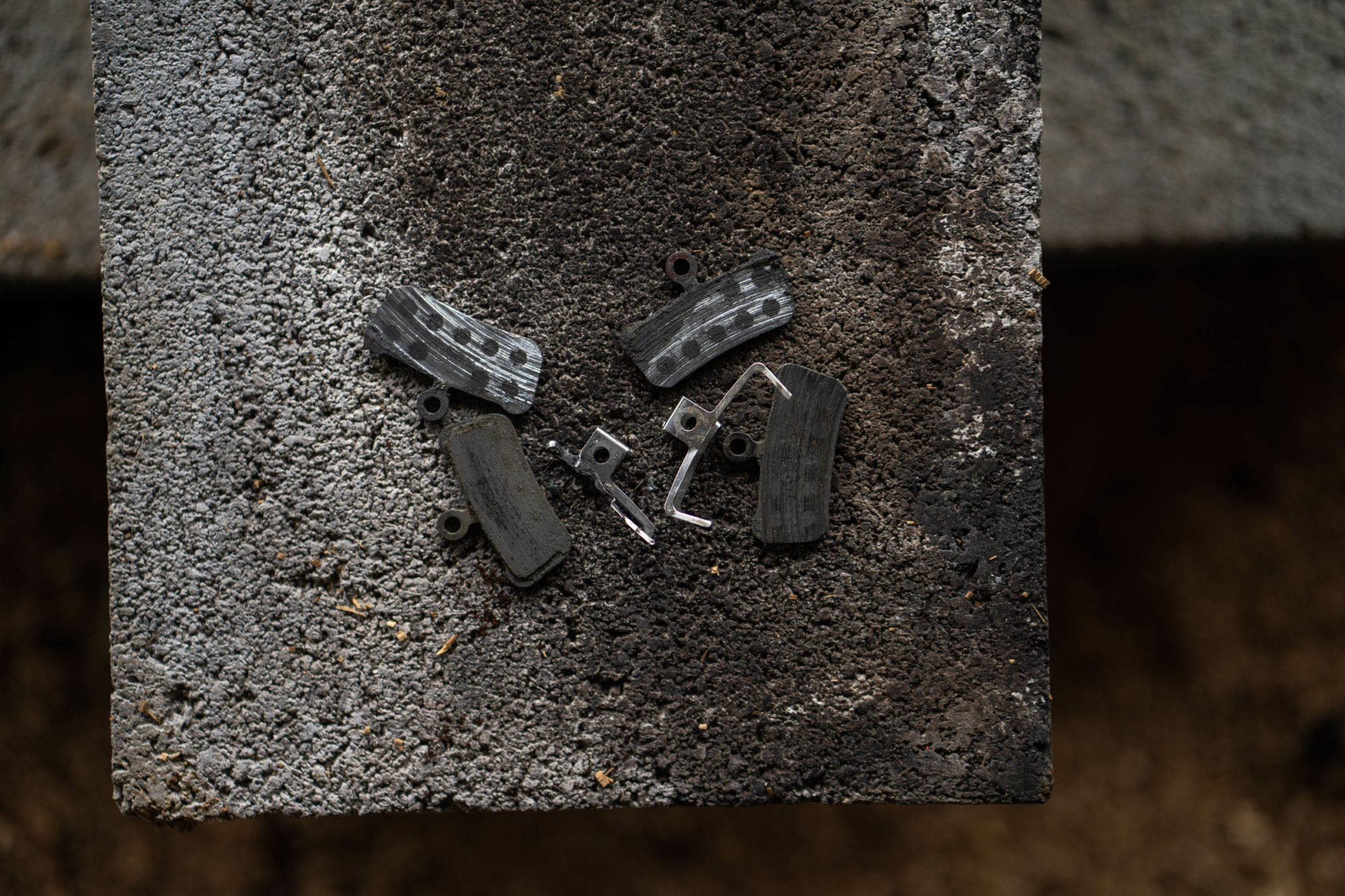
10. Mis-managing water
Water is life. Without it, we’re screwed. Somehow, I’ve put myself in situations far too many times where I didn’t carry enough water and found myself in trouble and chugging water out of a cattle tank next to cows. Hopefully, my mistakes are a lesson for you. When in doubt, always carry more than you need and have a backup plan if a filter goes missing or gets damaged. Nowadays, I always bring Aquamira tabs along with my filter. You can always boil water too. And drinking enough water throughout the day is essential. Have it accessible in a feed bag or in a bladder that’s easy to grab. I like to carry a big bladder and two or three bottles on dryer routes. Also, electrolytes help tremendously in hot climates, so it’s a good idea to bring some along with you. I like Tailwind Nutrition as it offers a good electrolyte balance plus calories.
11. Neglecting your bike before a trip
I remember heading out of Salida, Colorado, on a trip back in 2016. A few pedal strokes in, I noticed a feeling that started on a previous day ride. The shifting was off. I figured I just needed to make some quick adjustments and told myself, “I’ll fix it at camp tonight,” but all of a sudden, my chain started to jump off the cogs. So, I got off my bike, inspected my drivetrain, and realized I had somehow bent a chain link. This is something I could have easily found and repaired in my garage, but I didn’t. This was the trip when I asked my partner to marry me, and there was a lot going on in my mind, but that’s no excuse to avoid doing a once over before you leave your house, topping off sealant, checking brake pads, running through shifting, and so on.
12. Carrying too much weight on back
Raise your hand if you’ve had a mid-trip realization that that heavy backpack was causing some serious irritation. I made it a mission to quit using a backpack while bikepacking because of this reason. Backpacks are handy because you can carry a lot of gear, but that’s the problem: three liters of water, extra food, and gear quickly add up and increase the pressure on your saddle and can cause chafing in your shoulders. I know it’s not easy to leave the backpack home, especially if you have limited space on your bike, so if you take one, make sure to use it for the lightest gear, such as your puffy jacket, sleeping bag, or other items that are bulky but not heavy.
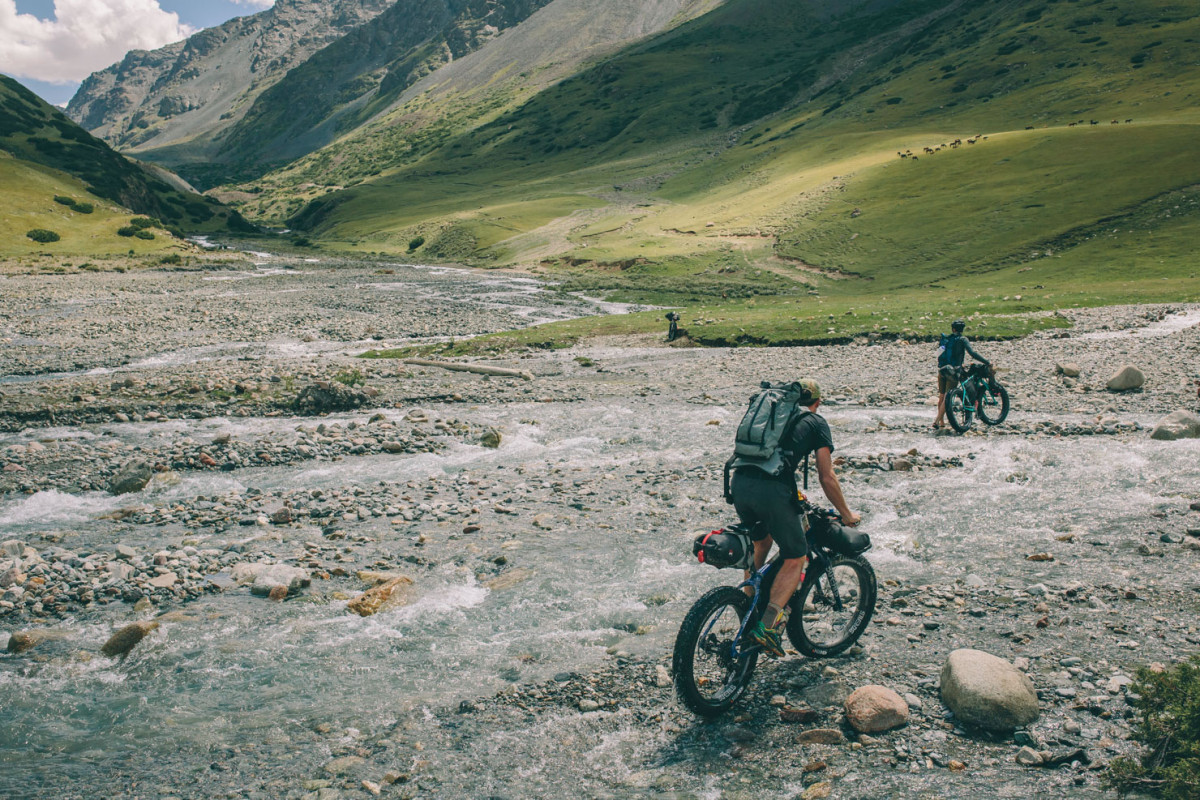
13. Not pre-testing gear
On a trip to South Africa a while back, Virginia brought a newly made DIY saddlebag. It initially cleared her rear tire. However, once it got broken in after a couple of weeks of use, it started rubbing the rear tire. Logan and Virginia ultimately had to send it back home and buy a rack and panniers for her. They were lucky enough to find a bike shop that carried these items, but you may not be so fortunate. Moral of the story? Test your gear and get to know it before using it on a big trip.
14. Not packing properly
When I first started bikepacking, I didn’t really think too hard about how I packed my bikepacking bags. But, over time, I realized that a well-packed seat pack enhances stability while tightly securing items in your handlebar bag creates more reliable bike handling. Plus, ensuring your bags are packed tightly will create more space and reduce any premature abrasion or holes in your bag.
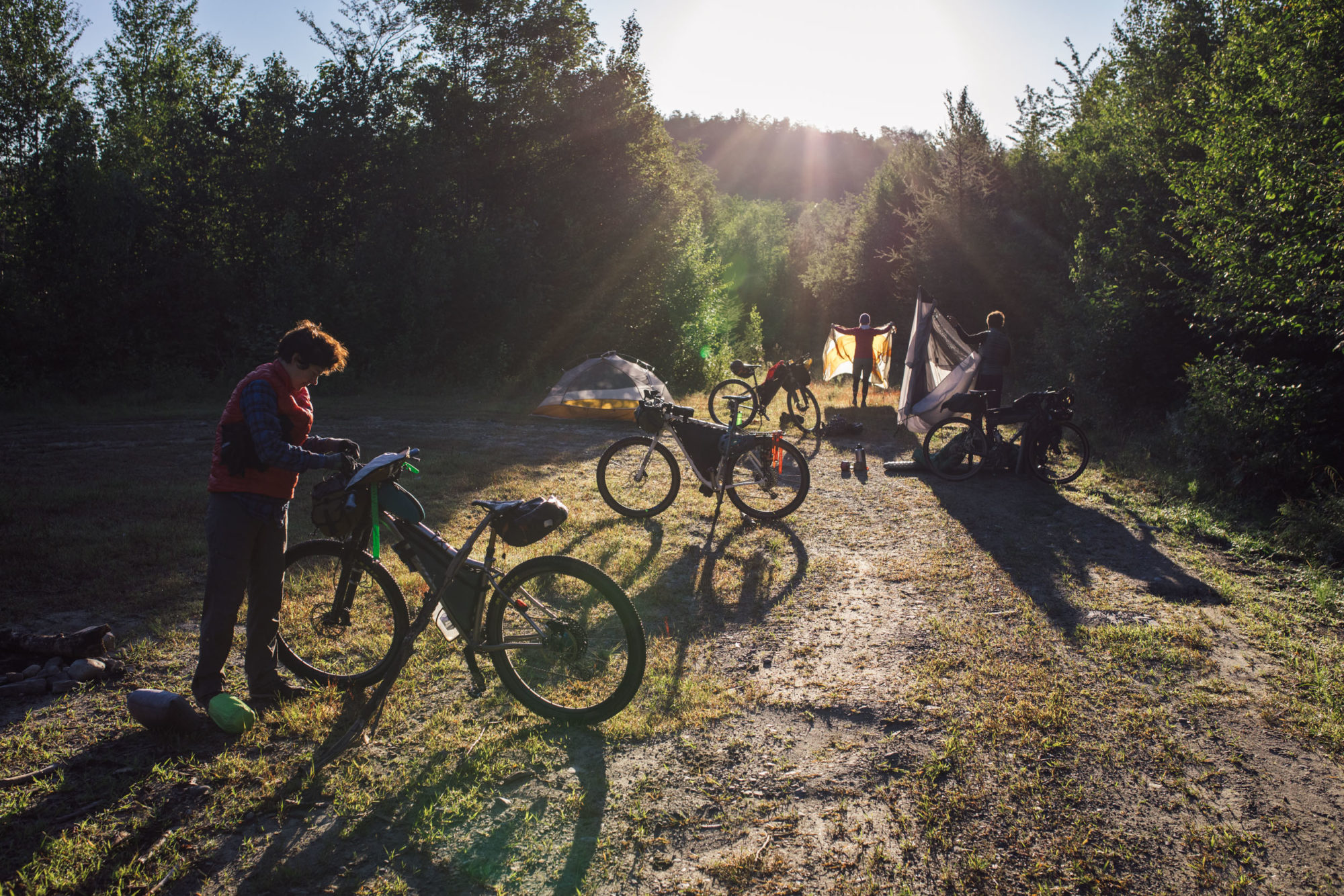
Now, it’s your turn. What are some common mistakes you’ve made over the years that are easy to remedy? Leave us a note to help other riders in the conversation below!
Further Reading
Make sure to dig into these related articles for more info...
Please keep the conversation civil, constructive, and inclusive, or your comment will be removed.







